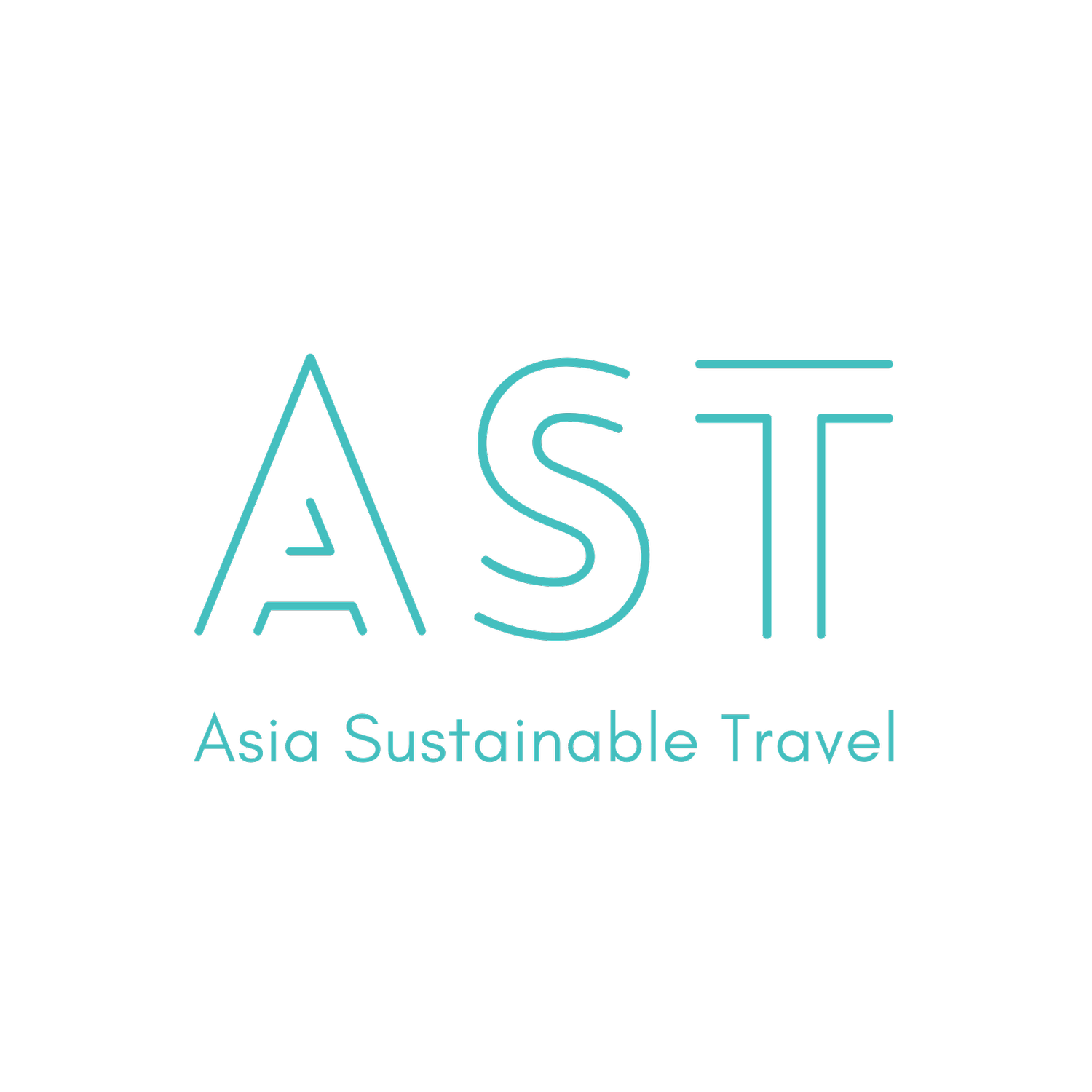Bridging the Sustainability Say-Do Gap in APAC Travel: What Booking.com and Traveloka Reports Reveal
Photo by Unsplash
For years, sustainable travel was viewed as a niche, embraced by a small group of eco-conscious consumers and a limited number of businesses offering organic menus, off-grid wellness retreats, and carbon offsets.
But in 2025, the narrative has changed. Sustainability is no longer a fringe priority; it’s a mainstream expectation.
According to Booking.com’s latest global survey, 84% of travelers now consider sustainability important. Homegrown Asian OTA Traveloka echoes this shift: 80% of APAC travelers say they are open to choosing sustainable options, provided they are available and affordable.
More importantly, the definition of sustainability itself is expanding. Booking.com finds that over half of global travelers (53%) now consider the impact of tourism on local communities, not just the environment. It marks a fundamental shift in how people value travel.
But here’s the catch: intent is high, but action still lags behind, particularly in Asia. Travelers want to travel better but can’t always find options they trust, afford, or access.
Photo by Unsplash
Asia’s Travelers Are Ready to Travel Better
In Southeast Asia, sustainability is gaining traction as part of mainstream travel behavior. According to Traveloka’s 2024 data, 85% of Thai and 86% of Indonesian travelers say they would choose sustainable options if available. In Vietnam, that number climbs even higher to 89%. In contrast, Australia (60%), Singapore (64%), and Japan (63%) show lower preference, with cost and convenience emerging as top obstacles.
Source: “Travel Redefined: Understanding and Catering to the Diverse Needs of APAC Travelers” by Traveloka
Meanwhile, Booking.com offers a complementary global perspective:
77% of travelers seek authentic, locally-rooted experiences.
73% want their spending to benefit local communities.
69% aim to leave destinations better than they found them.
So the demand is clear. The challenge, or opportunity, lies in delivery.
Source: Booking.com 2025 Travel & Sustainability Report
Why Action Lags: Barriers of Availability and Affordability
The gap between intention and action is steep and often driven by structural barriers. Travel behavior in Asia is influenced by local factors like economic disparity, digital maturity, and cultural norms.
In more developed markets like Australia, Japan, and Singapore, sustainability awareness is high, but travelers struggle with affordability and visibility of eco-conscious options. Meanwhile, in Indonesia and Thailand, sustainability is often rooted in spiritual or cultural worldviews that emphasize harmony with nature, yet the availability of legitimate choices remains limited. In Vietnam, lack of access, not willingness, is the biggest challenge.
These nuances point to a critical need: sustainable tourism in Asia must be hyperlocal, not only in product design but also in pricing, distribution, and storytelling.
What Works: Hyperlocal Strategies, and Transparent Storytelling and Partnership
As demand rises, leading brands across Asia are shifting from intention to implementation. The ones gaining ground are those that localize offerings and build trust through transparency.
Traveloka, for example, leverages dynamic pricing to make sustainable travel choices more attractive. Meanwhile, Booking.com is integrating search filters and third-party certifications into its platform to surface sustainable accommodations more clearly.
But this goes beyond digital features. It’s about designing business models and offering products that align with the values, priorities, and purchasing power of travelers. Below are three proven strategies helping hotels and travel companies bridge the intent-action gap, while also boosting guest booking and satisfaction.
1. Collaborate Locally to Build A Resilient Supply Chain
Across Asia, a growing number of success stories prove that locally rooted innovation leads to scalable impact. When travel brands shift their development efforts away from imported models and toward a community-driven approach, they create products that are both culturally authentic and economically inclusive.
Take Desa Potato Head in Bali for example. At the onset of its sustainability journey, the property made a decisive shift: replacing imported goods with locally sourced and recycled materials, from building hardware to food and beverage supplies. That pivot not only reduced the hotel’s carbon footprint but also sparked a wider movement among Bali’s hospitality industry, inspiring peers to rethink waste, procurement, and partnerships.
Photos by Desa Potato Head
2. Build Value-Driven, Locally Relevant Experiences
For price-sensitive travelers, slashing rates may not be the answer. The winning strategy is to add value through curated, sustainability-led experiences that connect emotionally with travelers.
That means bundling certified stays, low-impact transport, and immersive activities that are tailored to the target audience’s travel motivations.
Brands like EXO Travel, Chom Chom Travel, Ayu in the Wild, and Khiri Travel have found success with participatory experiences, from forest restoration to culinary tours. These experiences are the stories travelers want to take home, talk about, and relive. And increasingly, they’re the kinds of experiences travelers are willing to pay more for.
Photos by Anurak Community Lodge, a sister company of Khiri Travel.
Photos by Chom Chom Travel
Humanize Sustainability: Stories and Trust Sell
In today’s digital ecosystem, every brand can claim to be green. But savvy travelers are no longer swayed by vague pledges. They want proof and a story that resonates.
This is where authentic storytelling and high-impact partnerships make the difference.
It’s not enough to say a property uses solar panels. What catches attention is who benefits and why it matters, for example, how a coral restoration project protects a coastline or how a partnership with local farms leads to nutrient and zero-waste dining experience. These stories build emotional connection and commercial value.
Examples like InterContinental Phuket’s sustainable dining and Philippine hotels transforming waste into guest amenities show that well-thought-out collaborations change how to offer a sustainable hospitality experience, from being exclusive and costly to inclusive and community-benefiting.
Photos of InterContinental Phuket Resort’s on-property guest communication touch-points taken by the AST team.
Final Word
If there’s one message to take from Booking.com’s and Traveloka’s 2025 reports, it’s this: APAC travelers are ready, but the industry isn’t moving fast enough to meet them where they are.
Success lies in localizing strategy, co-creating with communities, and telling stories that prove impact.




















